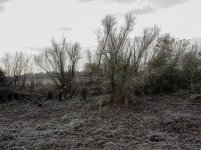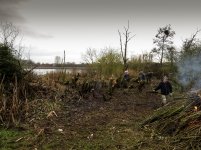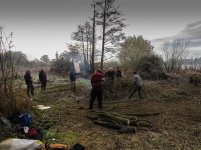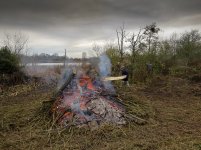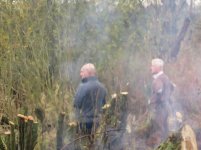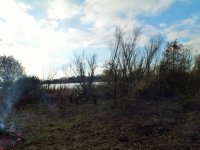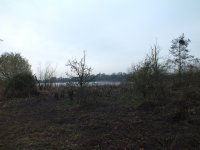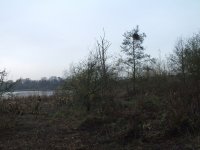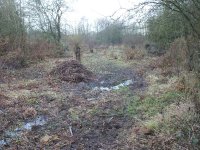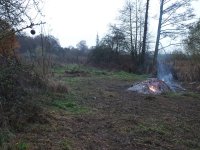A bit quiet considering the cold snap we have had.
During the work a few siskin and the odd redpoll went over, plenty of thrushes were feeding in the hedgerows. From the east hide a cettios wperformed well, but not sure our 'togs' were on the ball 8-P.
Ducks were again down in number and most of the snipe were in hiding.
Species count MOORS: GCG, little grebe 5, cormorant 18, shoveler 35, teal 42, tufted 10, snipe 20, Lapwing 20, curlew 13 fed in the north A38 field all day. BHG 250, coot 230, water rail 6 along east side, buzzard, great sp woodp 2, fieldfare 15, redwing 80, cettis 3 singing along east side from NM to Broadmeadow pool, siskin 3, redpoll,
FLASHES Little grebe 3rd flash, greylag 31, teal 21, mallard 120, coot 10, water rail 2, moorhen 39, snipe 21, green sand 3 roosted, curlew 13, lapwing 156, jack snipe landed on end of spit late on, BHG 420 roosted , LBBG 2 roosted, redwing 120 roosted and fed in adjacent fields, cettios and 3rd flash.





